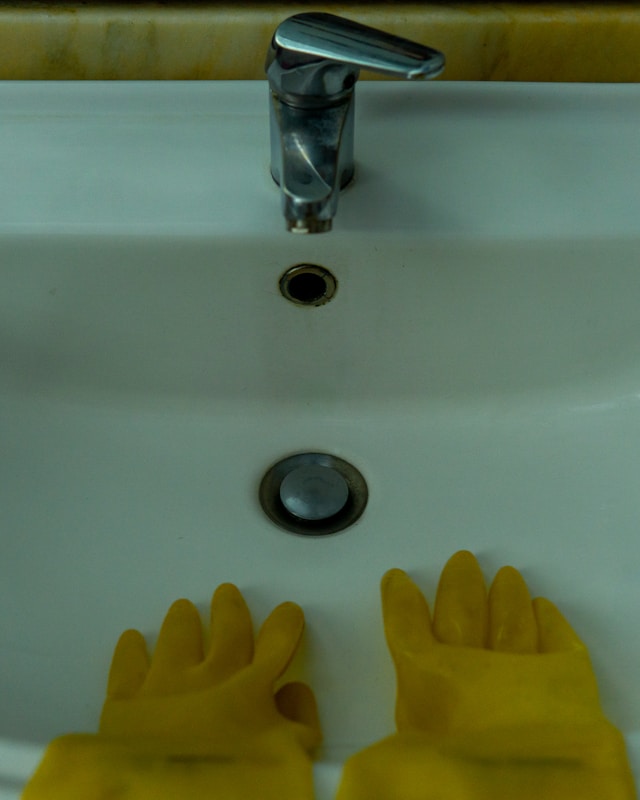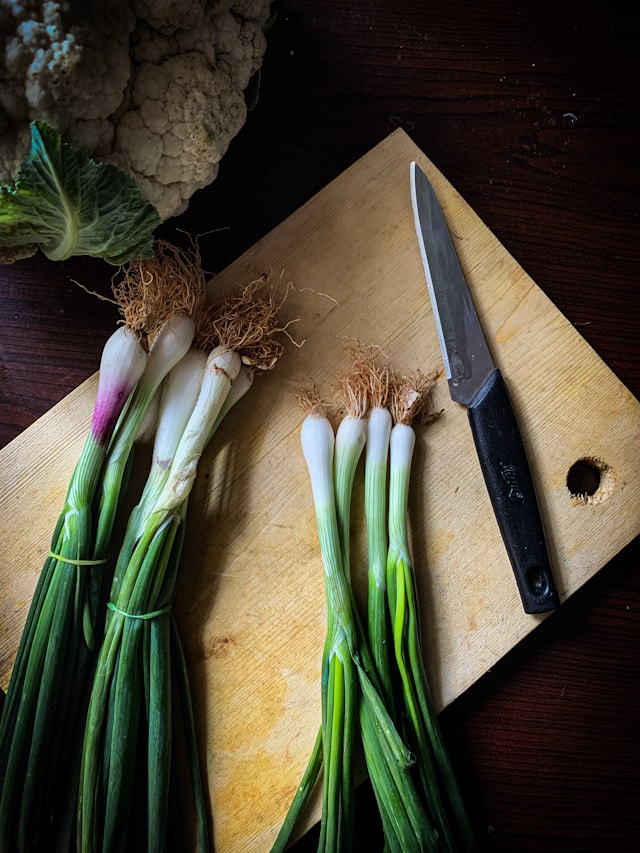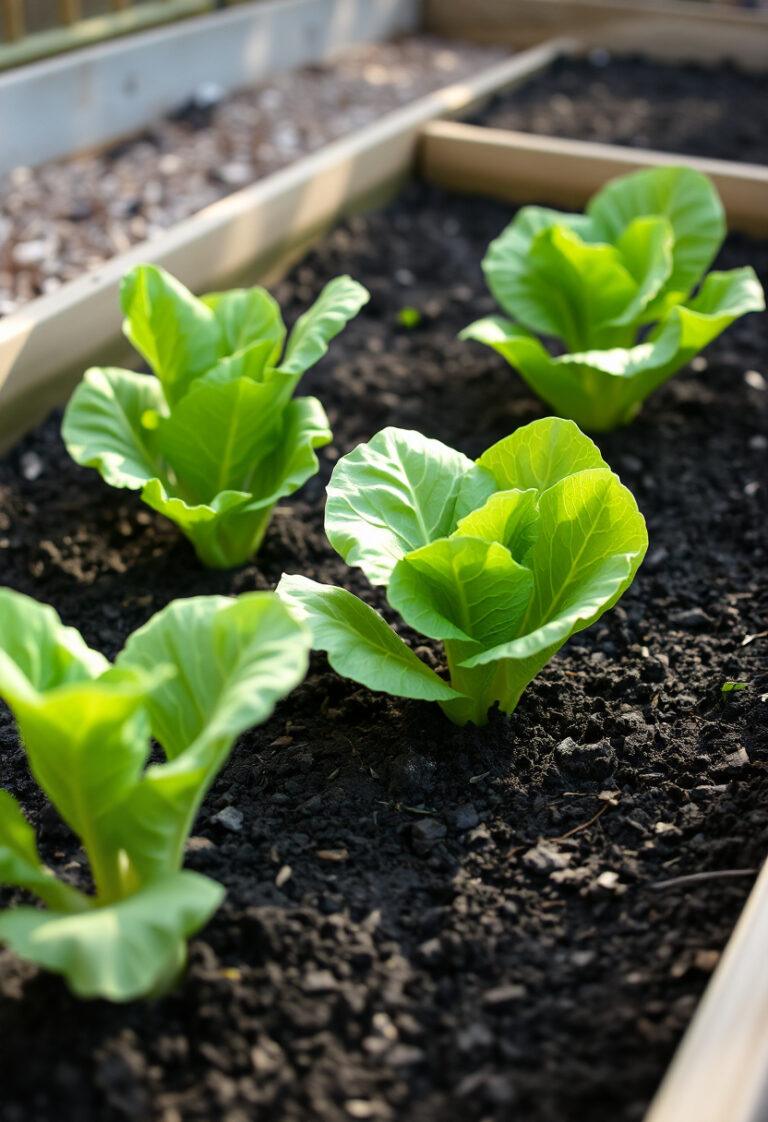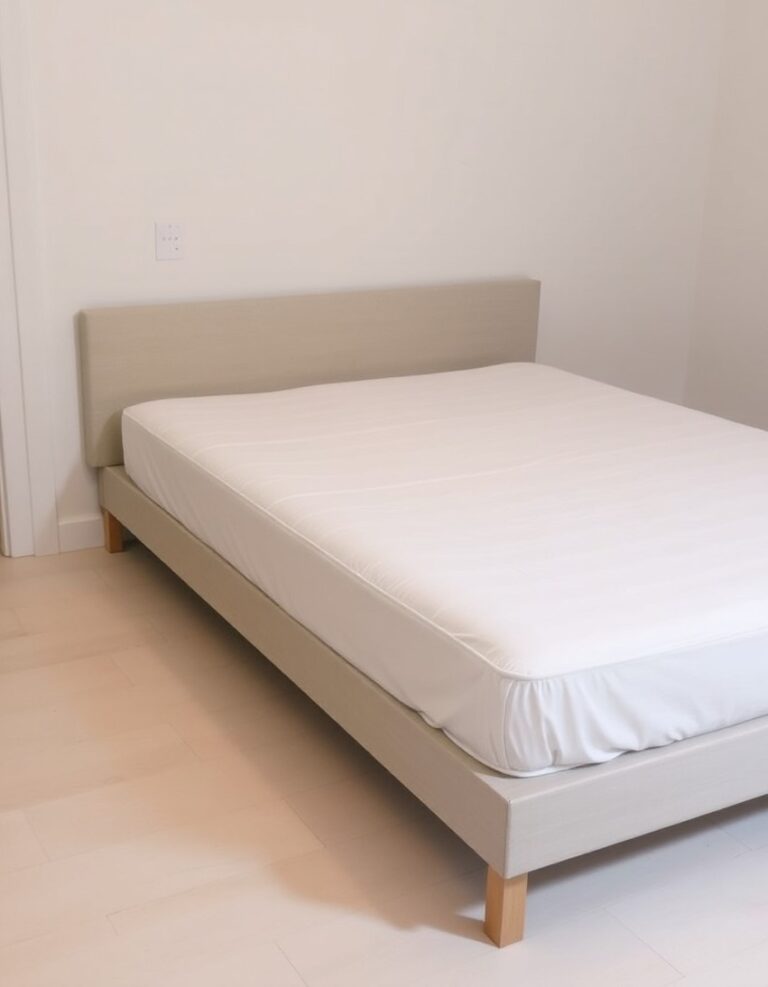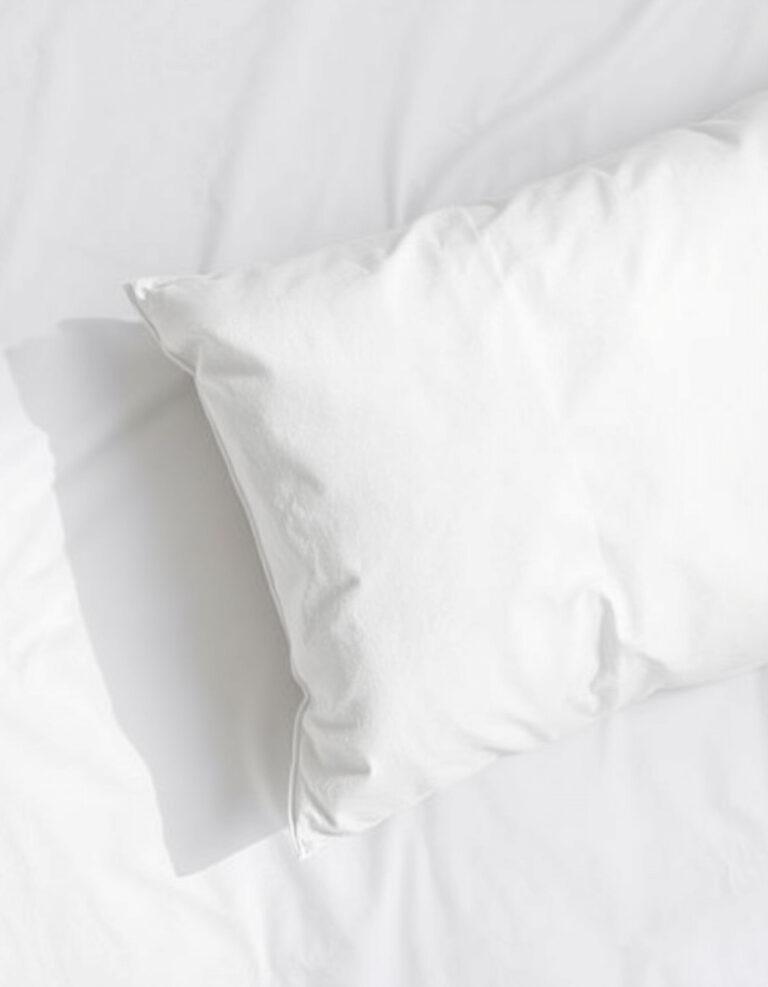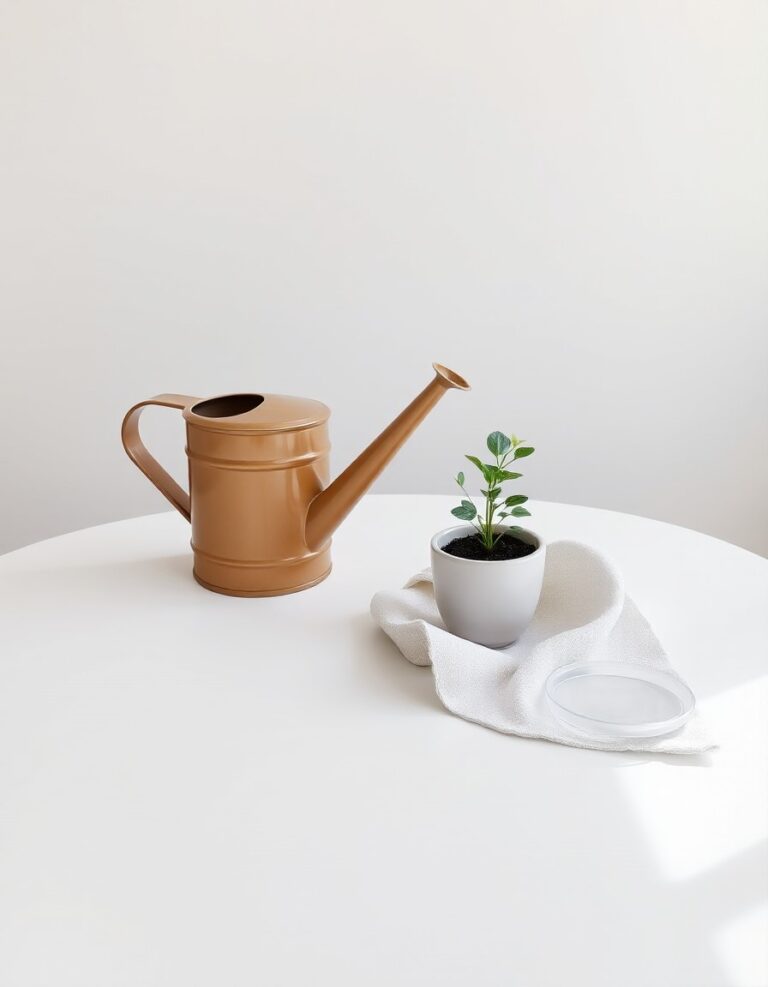You’ve probably heard that houseplants clean the air, but not all greenery is created equal. Some plants are genuinely better at filtering out toxins like formaldehyde, benzene, and ammonia—chemicals that sneak into your home from furniture, cleaning products, and everyday household items.
The good news? You don’t need a jungle to make a difference. Just a few well-chosen plants can freshen up your space while looking great on your shelf or windowsill. Let’s dig in.
Why Air-Purifying Plants Work
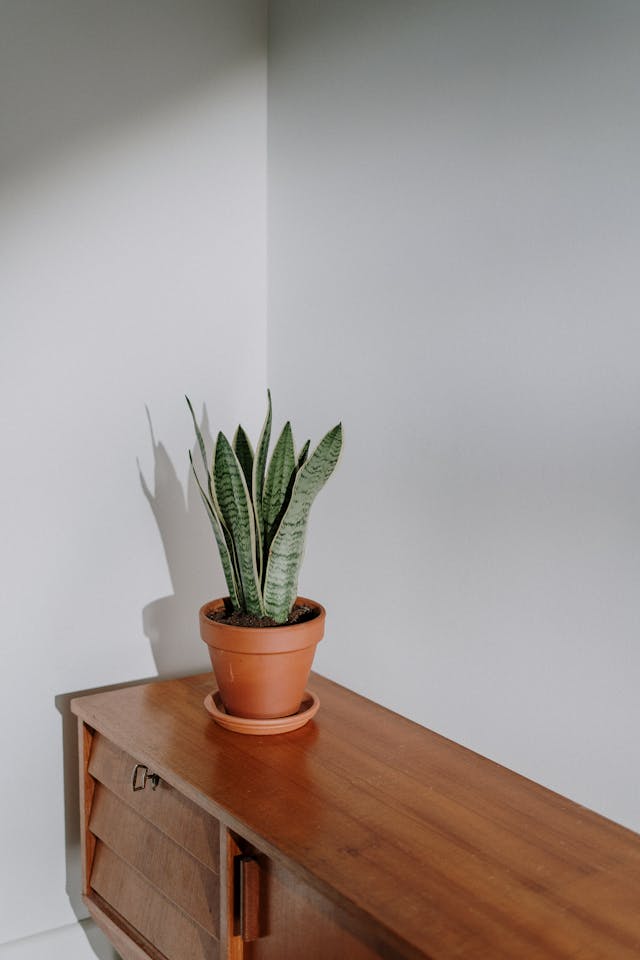
Plants naturally absorb gases through tiny pores in their leaves, and certain species are especially efficient at trapping airborne toxins. They pull in pollutants and convert them into oxygen and harmless byproducts.
While they won’t replace a good air purifier, they’re a beautiful, low-tech way to support cleaner indoor air—especially in smaller rooms or corners that need a refresh.
1. Snake Plant
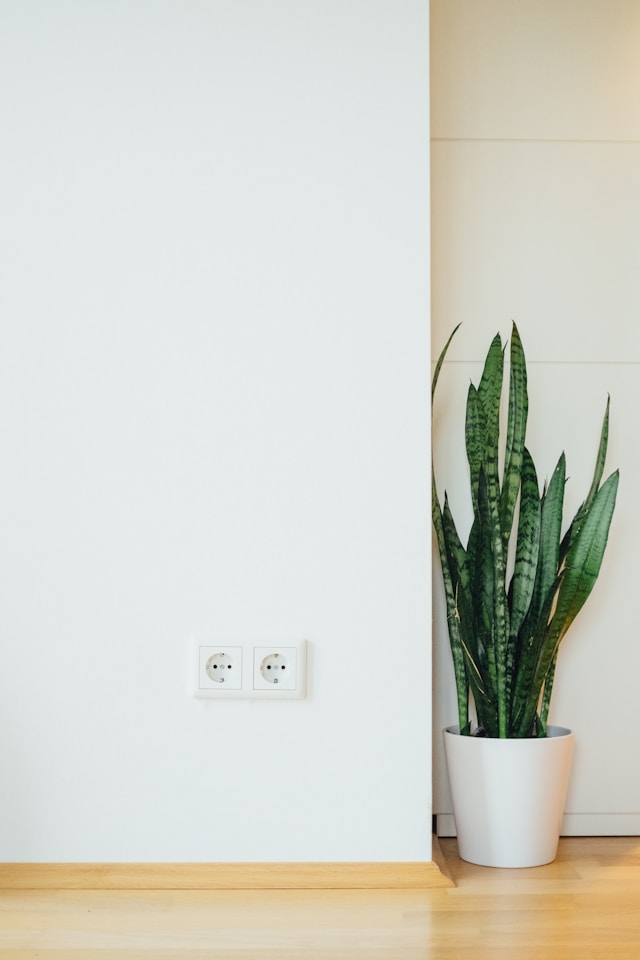
This plant thrives on neglect, making it perfect for beginners or anyone who forgets to water regularly. Snake plants release oxygen at night (unlike most plants), so they’re ideal for bedrooms. They filter formaldehyde and benzene, two common indoor pollutants.
Place one in low light or bright indirect light—it’ll survive either way. Water sparingly, about once every two to three weeks.
2. Spider Plant
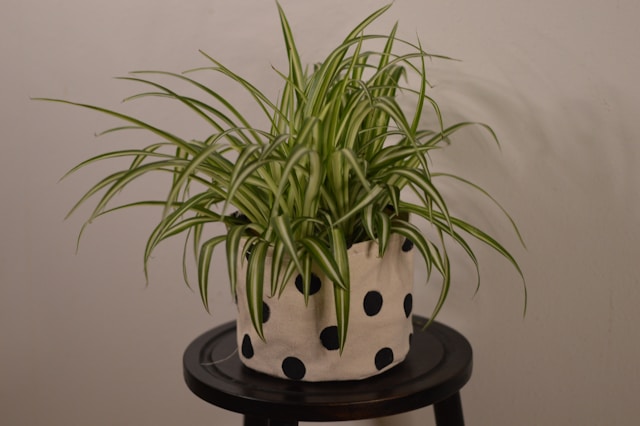
Spider plants are nearly impossible to kill, and they’re excellent at removing carbon monoxide and xylene from the air.
Hang one in a basket or set it on a high shelf where the cascading leaves can show off. Keep the soil lightly moist, and it’ll reward you with lush growth.
3. Peace Lily
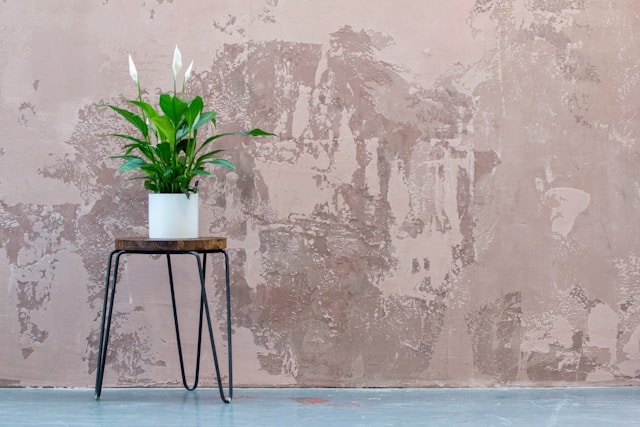
Peace lilies are powerhouses when it comes to filtering ammonia, benzene, and formaldehyde. They’re also beautiful, with glossy leaves and elegant white blooms that pop up throughout the year. They’re one of the most effective air purifiers you can find at any garden center.
They prefer low to medium light and will droop dramatically when thirsty—making it easy to know when they need water.
4. Pothos
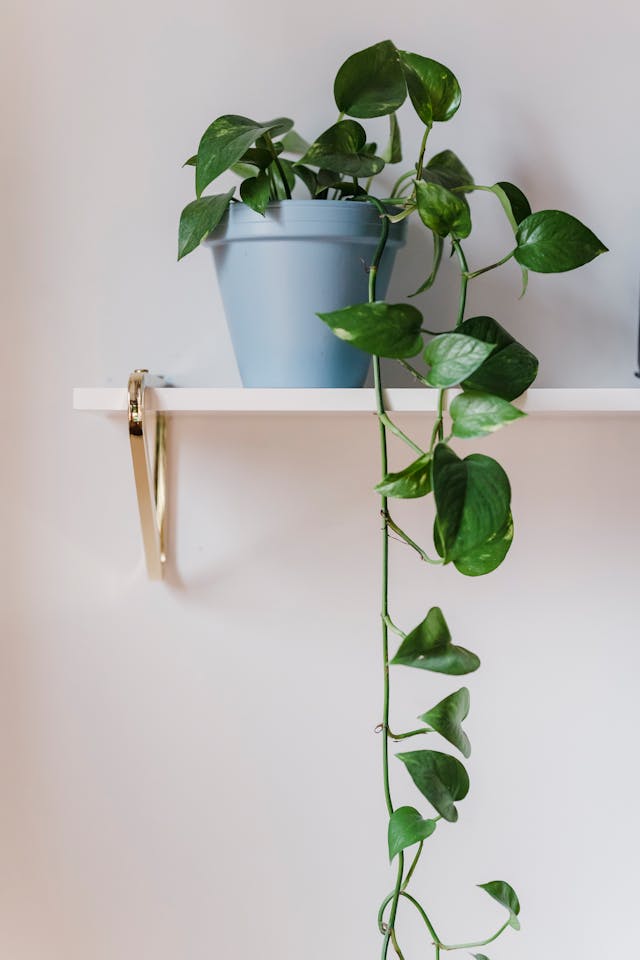
Pothos is a fast-growing vine that removes formaldehyde, xylene, and benzene. It’s forgiving, adaptable, and looks stunning trailing from a shelf or climbing a moss pole.
Let the soil dry out between waterings, and give it indirect light. It’ll grow in almost any condition, even fluorescent office lighting.
5. Boston Fern
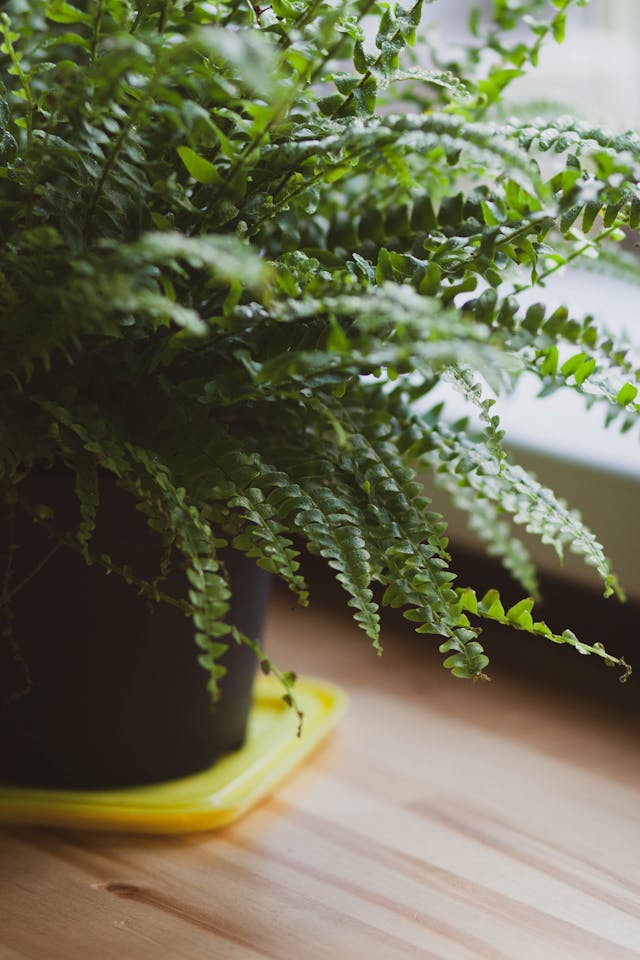
If you’re looking for something lush and dramatic, Boston ferns are natural humidifiers and air purifiers. They’re especially good at removing formaldehyde and adding moisture to dry indoor air, which is a bonus during winter months.
They do need a bit more care—consistent moisture and indirect light work best. Mist them occasionally if your home runs dry.
6. Rubber Plant
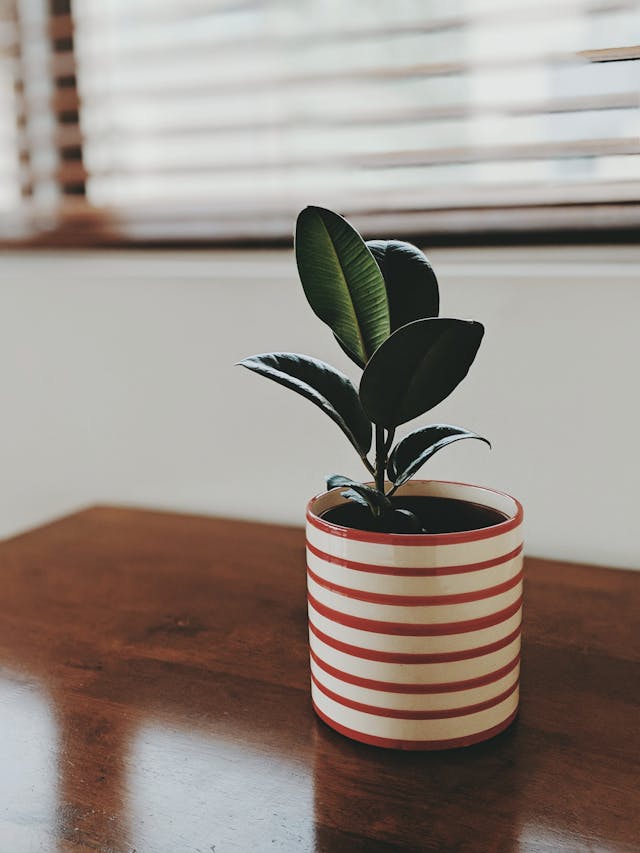
Rubber plants have thick, glossy leaves that aren’t just pretty—they’re highly effective at filtering formaldehyde. They grow tall and make a bold statement in any room, especially in corners that need a pop of green.
Wipe the leaves down every few weeks to keep them dust-free and efficient. They prefer bright, indirect light and moderate watering.
7. Aloe Vera
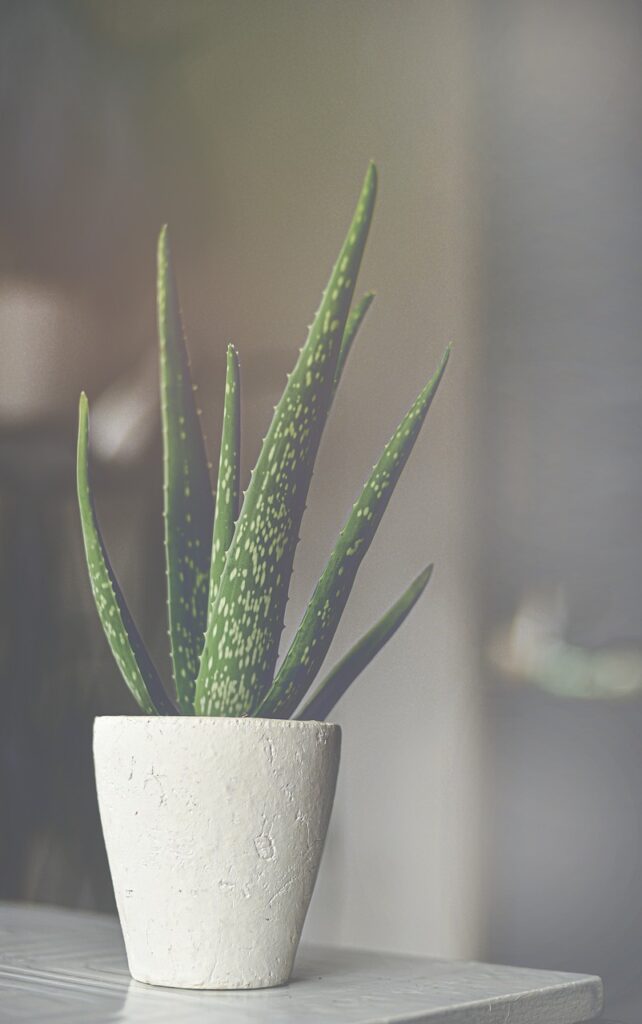
Aloe isn’t just for sunburns—it’s also a solid air purifier. It removes formaldehyde and benzene, and it’s incredibly low-maintenance. Plus, you can snap off a leaf and use the gel for minor burns or skin irritation.
Place it in a sunny window and water deeply but infrequently. Let the soil dry out completely between waterings to avoid root rot.
8. Dracaena
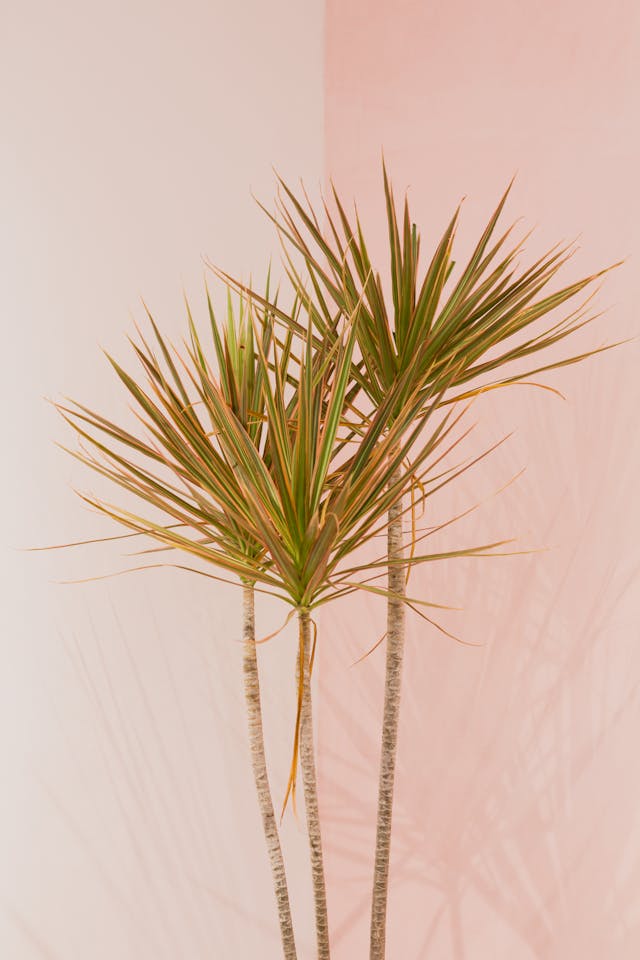
Dracaenas come in dozens of varieties, and most of them are excellent at filtering trichloroethylene, xylene, and formaldehyde. Their tall, architectural shape makes them perfect for filling empty corners or framing furniture.
They do great in indirect light and need watering only when the top inch of soil feels dry. They’re easy to care for once you get into a routine.
9. Bamboo Palm
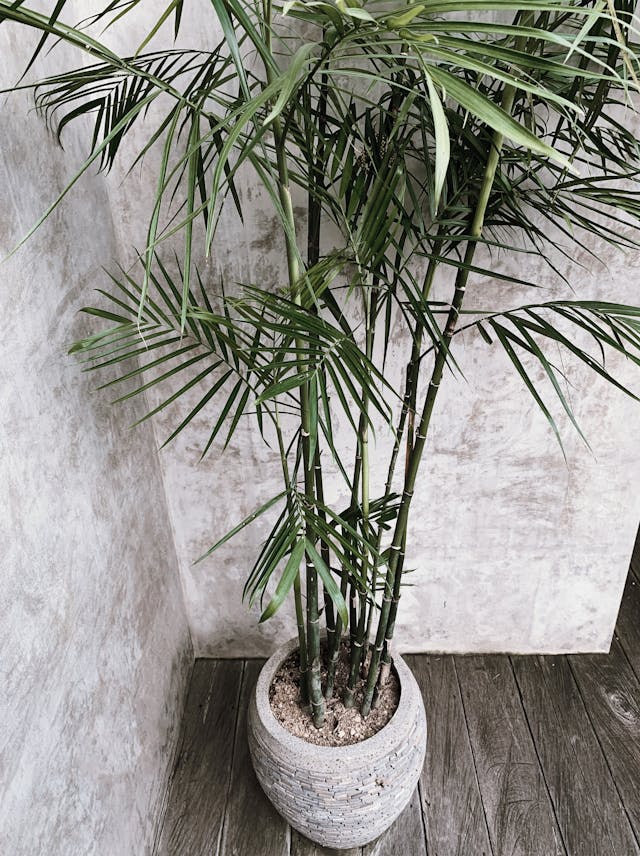
Bamboo palms are top-tier filters for benzene, formaldehyde, and trichloroethylene, and they bring a tropical vibe to the room. They grow tall and full, making them perfect statement pieces for living rooms or entryways.
They love bright, indirect light and consistent moisture. Keep the soil lightly damp, and they’ll grow into a lush focal point.
10. English Ivy
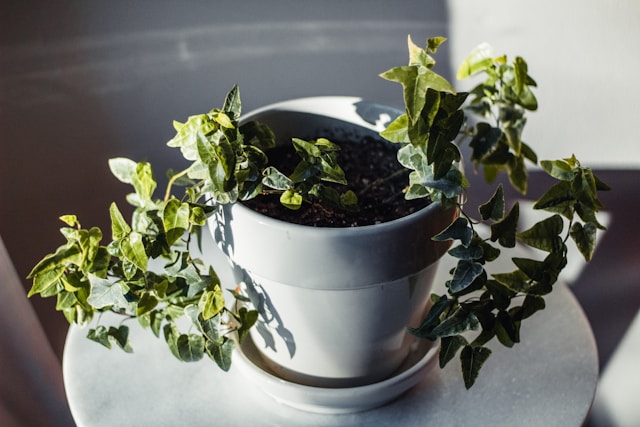
English ivy is a trailing plant that’s especially effective at filtering airborne mold spores, making it a smart choice for bathrooms or damp spaces. It also removes formaldehyde and benzene.
It prefers cooler temperatures and bright, indirect light. Water when the top of the soil feels dry, and trim it back occasionally to keep it full and bushy.
Quick Care Reminders
Even air-purifying plants need a little attention to stay effective. Dust the leaves regularly—dirty leaves can’t filter air as well. Rotate your plants every few weeks so all sides get light. And don’t overwater; many indoor plants die from too much watering, not too little.
Ready to Breathe Easier?
Adding a few of these plants to your home won’t just freshen the air—they’ll brighten your space and give you something living to care for. Start with one or two that fit your light and lifestyle, and build from there.

